Sycamore
The sycamore is fast growing tree and regarded by some as a ‘weed’. It is not a native tree, it is native to central, eastern and southern Europe. It was introduced probably in the 1500’s and has since spread across the U.K. Indeed, it is to be found far and wide, being found in hedgerows and woodlands. It is tolerant of ‘sea spray’ and will grow near the coast. Its heavy leaf fall can mean that the ground flora underneath the tree is limited. However, on the plus side, it offers a food source and shelter for wildlife (for example, aphids tap into the sugar rich leaves and that leave behind their sticky honeydew). The aphids are a food source for ladybirds and birds.
Leaf
Sycamore leaves are simple, but large. They are arranged in opposite pairs around the twigs / stem. Each leaf has 5 distinct lobes and 5 veins radiate from the leaf base into these lobes. There is a somewhat ragged edge to the leaf, lots of ‘rounded’ teeth. On the lower surface of the leaf, there are some hairs. Sometimes the leaves are covered with small, red 'blobs' / projections - these are galls caused by a mite (a small spider-like creature).The female mite lays eggs in these structures. More about plant galls in the woodlands blog here.//

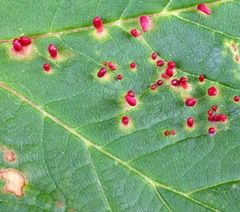
Buds, bark and stem
In younger trees, the bark is smooth and may be a pinkish-grey colour, but as the tree ages it becomes grey and scaly/flaky. The wood / timber is hard, strong and fine grained.It is good for carving, particularly kitchenware items like ladles and wooden spoons.
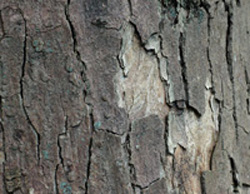
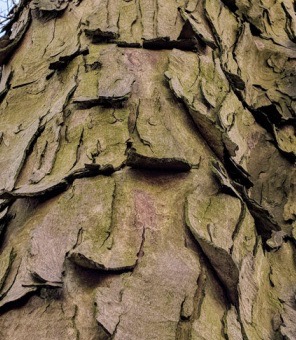
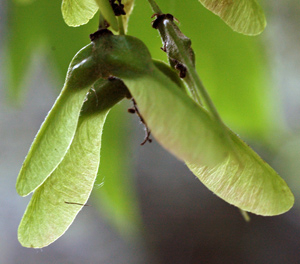
The flowers appear at the same time as the leaves. They are yellow / green and there are separate clusters of male and female flowers;. They appear drooping ‘tails’ or tassels. When fertilised, they form the characteristic winged seeds. The seed and its wing like structure is sometimes referred to as a ‘key’; botanically speaking, it is a double samara as the seeds occur inpairs. The wings of the structure catches the wind and the fruit rotates as it falls, thus slowing its descent. The wind helps dispersal away from the parent tree. The seeds are produced in large numbers and disperse freely. In some countries, where the sycamore has been introduced, the tree is now regarded as an 'invasive species'.
Winter Twigs
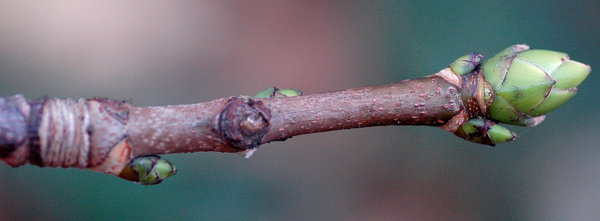
The twigs are generally quite stocky, brown with quite prominent, pointed buds, that occur in opposite pairs. The buds are enclosed by green scales that have brown tips. When the bud opens, the scale leaves fall away leaving a girdle scar that surrounds the stem.